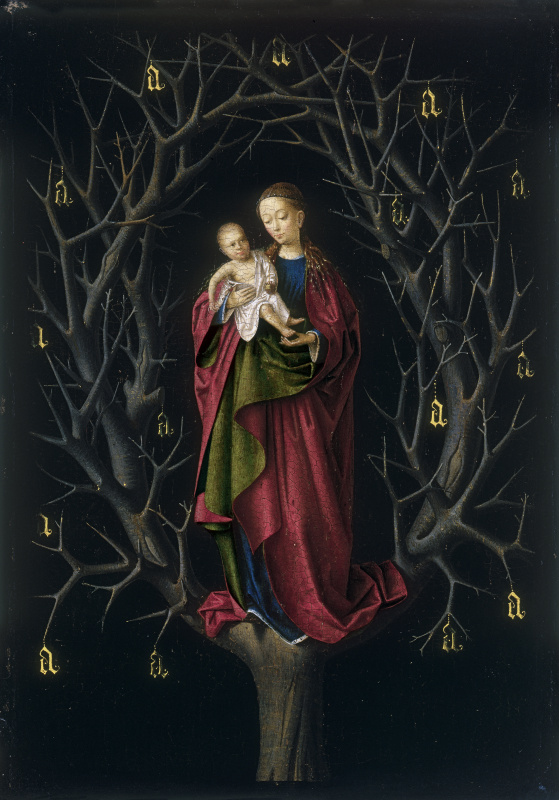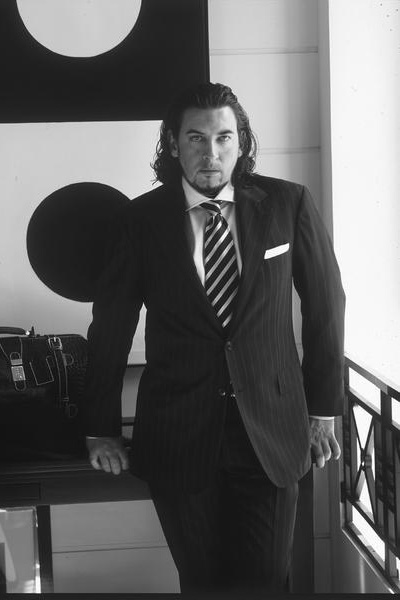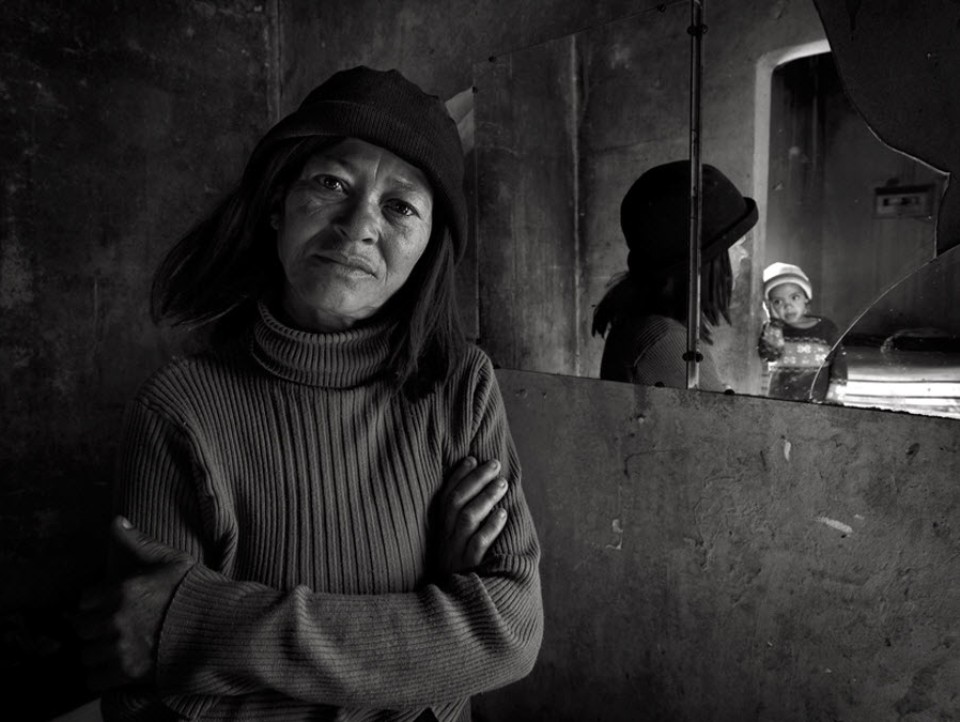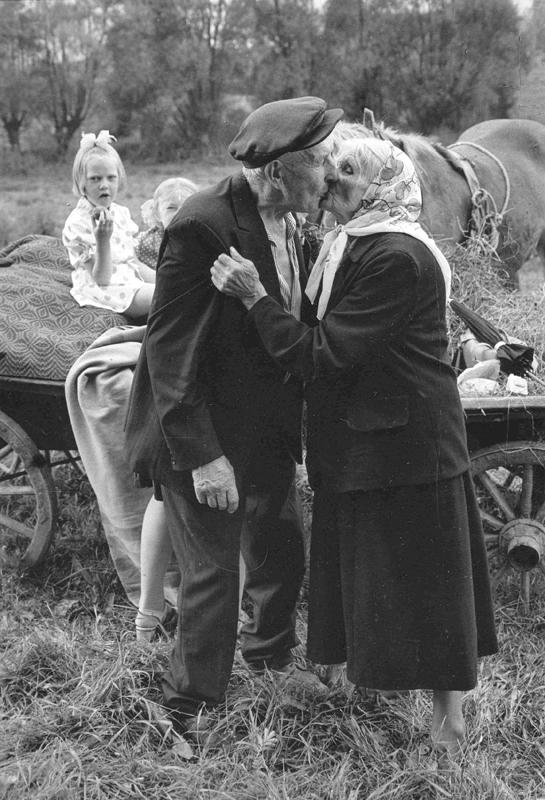ERNST HAAAS: “EXPERIMENTAL ARTIST”
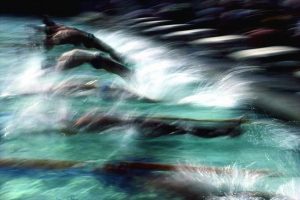 Ernst Haas is a famous photojournalist of the last century who made a huge contribution to the development and recognition of color photography. The best characteristic of this man probably belongs to Henri Cartier Bresson, who said: “He was very sensitive, always amazed me with his knowledge of the world, subtle charm and a sharp mind. For me, he disappeared just as quickly as he appeared – like a comet that traced the sky, he left an indelible mark on the souls of people. ”
Ernst Haas is a famous photojournalist of the last century who made a huge contribution to the development and recognition of color photography. The best characteristic of this man probably belongs to Henri Cartier Bresson, who said: “He was very sensitive, always amazed me with his knowledge of the world, subtle charm and a sharp mind. For me, he disappeared just as quickly as he appeared – like a comet that traced the sky, he left an indelible mark on the souls of people. ”
Ernst Haas was born in Vienna on March 2, 1921. From early age, his love for art was instilled in him by his mother, herself being a passionate art historian. It was she who developed a subtle aesthetic perception and artistic taste in Ernst; and it was she who remained the ideal authority for the photographer throughout her life, even when he himself became a world celebrity.
In his youth, Haas was interested in medicine and painting. Ernst began studying photography seriously in 1940. He graduated from the Institute of Graphic Arts, during the war years he worked in a photo studio in Vienna and taught the art of photography in the European branch of the American Red Cross. After World War II, he no longer doubted that he wanted to make a photograph the main business of his life.
The poet’s camera, which struck him with a harmonious combination of poetry and works of recognized American photographers, had a significant influence on the development of the photographer. The desire to combine poetry and artistic aesthetics of photographs Haas considered the main thing in his work. And he succeeded in this: in his works, poetry seems to acquire more visible features, and visual images go beyond the usual reality.
“Refine your own feelings through the great masters of music, painting and poetry”
Haas acquired his first camera, Rolleyflex, in 1946, exchanging it for scarce 10 kg of margarine (a gift for the 25th anniversary). Later, Haas exchanged it for Leica, which was more convenient to use, although it was inferior to the previous camera in terms of its technical capabilities.
In the late forties, Ernst began working as a photographer in Heute magazine. His photo essay on the return of Austrian prisoners of war to their homeland became famous throughout the world. Famous publications began to invite Ernst to cooperation, his particular style, full of strength, persuasiveness and technical skill, must be remembered by everyone who saw them. Then Ernst got a job in the Magnum Photos photo agency, which after a few years, thanks to his aspirations, will become widely popular. By the way, Ernst Haas worked together with Henri Cartier Bresson and Robert Capa. In 1959, Haas led the photo agency.
“It does not matter what camera you use. Any of them can fix what you see. But you MUST SEE
While living in New York, Haas made amazing cycles of photographs that became real symbols of the city. “This city never stands still; it changes all the time. It gives a lot of opportunities to see and capture something new in the old, ”said Haas.
“Do not stop … stop means the death of inspiration”
One of the main innovations of Haas – the beginning of work with color film. His experiments in the 50s influenced the development of the entire photograph of the second half of the twentieth century. It was Haas who began to interpret color as the main subject of photography and for the first time he captured dynamic scenes in color. “Color is joy,” Haas said loved. Color images finally began to look natural. Ernst first published abstract works in color, highlighting all the features of the genre: contrast, diversity, emphasis on detail and semantic ambiguity. It is no coincidence that the photographer was told that he had made “the very sense of color an object of the image.”
The merits of Haas were rightfully appreciated by contemporaries. In 1958, Haas was recognized as one of the best photographers of our time according to the magazine Popular Photography. At one of the exhibitions of color photographs, recognized master of photography, Edward Steichen, called Ernst Haas “a free, unrestricted spirit of theory and tradition, which, breaking free from the familiar world, found Beauty incomparable to anything that happened to him in the history of photography.”
“I observe how beauty draws itself. When this process reaches its climax, I take a picture. ”
Haas was the leader in the number of albums sold: his famous album “The Creation” had a circulation of more than 500 thousand copies. He was called a universal photographer: he worked equally well with the genres of urban and landscape photography, abstraction, and reportage, both in color and in black and white.
A diversified personality, in addition to photography, he was interested in the preparation of advertising campaigns. Few people know that the author of the advertising image of Marlboro cigarettes with a galloping cowboy is Ernst Haas.
The master liked to repeat that photography became for him a universal language in which he wrote prose and poetry. “Only you and your camera exist.”
